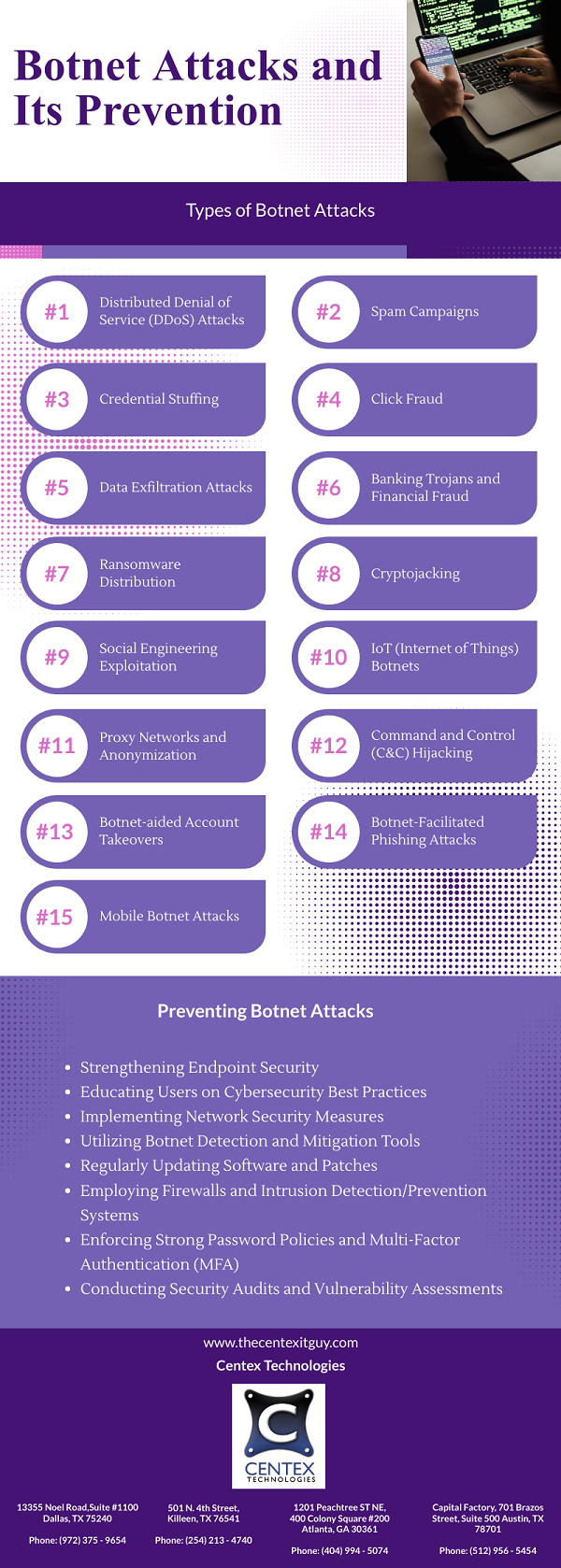Open Redirect Flaws can serve as the gateway for malicious actors to carry out potent phishing attacks and other forms of cyber exploitation. Let’s find out more about Open Redirect Flaws by exploring their characteristics, risks, techniques for exploitation, and the practical measures that prove effective in preventing them.
What Is An Open Redirect Flaw
An Open Redirect Flaw occurs when a web application allows an attacker to manipulate a URL that redirects users to an external website of the attacker’s choosing. Typically, these vulnerabilities arise due to inadequacies in the validation or sanitization of user-inputted data within URL parameters or query strings. The open redirection is enabled by exploiting the application’s legitimate redirect functionality.
The Dangers Of Open Redirect Flaws
- Phishing Attacks: Attackers can redirect users to fake websites designed to steal sensitive information like passwords, credit card details, and personal data.
- Malware Distribution: Open redirects can lead users to websites hosting malware, resulting in the inadvertent download and infection of their devices.
- Credential Theft: Cybercriminals trick users into entering their credentials on fake websites, enabling them to harvest login information for unauthorized access.
- User Trust Erosion: Falling victim to malicious redirects erodes user trust in legitimate websites, impacting brand reputation and user loyalty.
- Data Breaches: Open redirects can facilitate unauthorized access to sensitive databases or internal resources, leading to potential data breaches.
- Financial Loss: Compromised credentials or stolen financial information can result in financial loss for both individuals and organizations.
- Identity Theft: Stolen personal information can be used for identity theft, leading to fraudulent activities and legal ramifications.
- Malicious Redirection: Attackers can manipulate open redirects to lead users to offensive, illegal, or harmful content.
How Open Redirect Flaws Are Exploited
- Crafting Malicious URLs: Attackers modify URLs with manipulated parameters or components that appear trustworthy at first glance.
- Social Engineering: Malicious actors use enticing content or urgent messages to convince users to click on the manipulated link.
- URL Shorteners: Attackers leverage URL shortening services to mask the real destination and make the link appear harmless.
- Impersonation: Cybercriminals impersonate legitimate websites or services, leading users to believe they are visiting a genuine site.
- Phishing Attacks: By redirecting users to fraudulent websites that resemble legitimate ones, attackers aim to harvest sensitive data like credentials and payment details.
- Malware Delivery: Exploiting open redirects, attackers can lead users to websites hosting malware, leading to automatic downloads and device infections.
Preventive Measures
- Input Validation and Sanitization: Put in place strict checks to ensure user-provided URLs are safe, avoiding any malicious input.
- Whitelisting and Blacklisting: Create lists of trusted domains. Only allow redirects to trusted domains (whitelisting) and block redirects to risky ones (blacklisting).
- Implement Proper Redirects: Make sure that redirects only happen when specific conditions are met. Avoid allowing random or uncontrolled redirects.
- Use of HTTP Response Headers: Boost security using headers like ‘Content-Security-Policy’ and ‘X-Frame-Options’ to limit open redirects.
- User Education: Teach users about the risks of clicking suspicious links, stressing the importance of verifying URLs before clicking.
For information on cybersecurity solutions, contact Centex Technologies at Killeen (254) 213 – 4740, Dallas (972) 375 – 9654, Atlanta (404) 994 – 5074, and Austin (512) 956 – 5454.

